The EU just doubled down on steel protection. The question isn’t whether it works. It’s what happens when it doesn’t.
I ran the numbers on Brussels’ new tariff structure. The European Commission is slashing the tariff-free quota by 47%, dropping it from 33 million tonnes to 18.3 million. Anything above that threshold gets hit with a 50% duty, double the current rate.
The goal: protect domestic capacity, preserve jobs, create breathing room for green steel investment.
The assumptions crack fast.
The Overcapacity Reality
Global overcapacity now sits at more than five times total EU demand. China alone produced over a billion metric tonnes of steel last year. India added 149 million. The EU produces 126 million tonnes annually but only uses 67% of its capacity.
Brussels bets cutting imports will push utilization back to 80%.
That math only works if demand stays constant and European mills can fill the gap. Both assumptions are weak.
The Jobs Equation
The steel sector supports 2.5 million jobs across the EU: 327,000 direct positions, 1.5 million indirect, and 677,000 induced. The industry generates €128 billion in gross added value.
Protecting those jobs sounds reasonable. But the policy creates a cost transfer. Higher steel prices flow downstream to construction, manufacturing, and infrastructure projects. Those sectors employ far more people than steelmaking does.
Visible jobs protected. Invisible jobs lost.
What Happens Next
Ursula von der Leyen called a strong steel sector “vital for the European Union’s competitiveness, economic security and strategic autonomy.” She’s right.
Competitiveness needs cost efficiency, technological edge, market adaptability. The tariff buys time, guarantees nothing.
The real test comes when protected mills face the choice between investing billions in green steel technology or pocketing higher margins from reduced competition. Brussels assumes they’ll choose investment.
History suggests otherwise.
The Forward Look
Three indicators matter.
Whether EU capacity utilization climbs to 80% or stalls below it, revealing demand weakness.
How quickly steel costs flow into construction and infrastructure budgets.
Whether green steel investment accelerates or flatlines despite the protective buffer.
The math requires everything to go right. In industrial policy, it rarely does.
